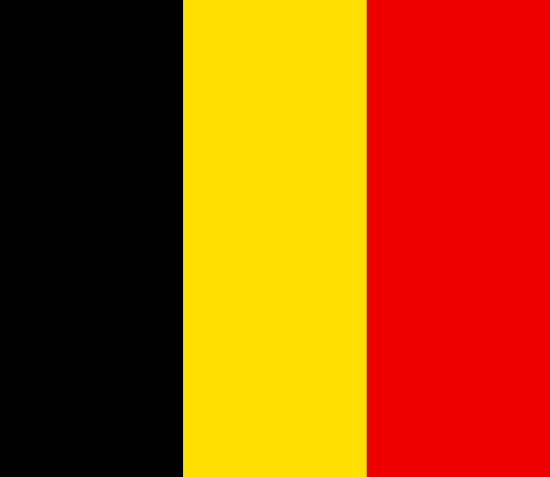"Bruxelles, ma belle | Brussels, my beauty"
About:
Brussels, the capital of Belgium, traces its origins to a Roman settlement. It grew significantly in the Middle Ages, becoming a commercial hub. In the 19th century, Brussels underwent massive modernization, transforming into a metropolis. It was occupied during both World Wars but largely spared destruction. Post-war, Brussels became the administrative center for the European Union and NATO, solidifying its status as an international city. Today, it's known for its historic architecture, multiculturalism, and as a political epicenter.
When to visit:
Brussels, the capital city of Belgium, is a popular destination for tourists throughout the year. However, the best time to visit Brussels for a holiday is during the spring months of April and May when the city's beautiful parks and gardens are in full bloom. The mild weather during this time makes it perfect for exploring the city's historic architecture, enjoying outdoor cafes, and attending cultural events and festivals. Additionally, the shoulder seasons of early autumn (September and October) are also a great time to visit Brussels for fewer crowds and pleasant weather.
When to avoid:
The worst time to travel to Brussels, Belgium on a holiday is during the peak tourist season, which typically occurs in the summer months of July and August. During this time, the city experiences its highest influx of visitors, leading to crowded attractions, long lines, and higher prices for accommodations and activities. Additionally, the weather can be hot and humid, making sightseeing less enjoyable. To avoid the crowds and inflated prices, it is recommended to visit Brussels in the shoulder seasons of spring (April to June) and fall (September to October).
"Winter Season (Dec-Feb)"
Winter in Brussels, typically from December to February, is the coldest and often the wettest part of the year. Average temperatures range from 1°C to 6°C. Rainfall is frequent, averaging around 70mm per month. Days are short with about 8 hours of daylight, often with heavy cloud cover, limiting sunlight. Snow is possible but not guaranteed. An average day for a visitor would involve chilly temperatures and a high likelihood of rain, so indoor activities are recommended. Don't forget your raincoat and warm clothing!
Summer (June-August)
In Brussels, the warmest part of the year typically spans from June to August, with July being the warmest month. During this time, the average high temperatures range from 20°C to 23°C (68°F to 73°F) and the average lows range from 12°C to 14°C (54°F to 57°F).
Rainfall is relatively consistent throughout the year in Brussels, but the summer months are slightly drier with an average of 16 to 17 rainy days per month, accumulating to around 70-80mm of precipitation. However, sudden light showers are not uncommon.
In terms of sunlight, the summer months offer the longest days, with an average of 16 to 17 hours of daylight per day. The city receives around 6-7 hours of actual sunshine per day during this period.
Humidity levels during the summer vary between 60% to 80%. Despite the warmth, the presence of humidity can make the air feel a bit muggy, but it's typically not overly oppressive.
As for cloudiness, Brussels tends to be quite overcast year-round. However, summer is the least cloudy season, with about 45-50% of days being cloudy on average.
A typical day for a visitor during the warmest part of the year in Brussels would start off quite cool in the morning, gradually warming up to a pleasant, mild temperature in the afternoon. There's a good chance of experiencing a light rain shower at some point during the day, but there's also plenty of sunshine to enjoy. The long daylight hours provide ample time for sightseeing and outdoor activities. The air can feel a bit humid, but a light breeze often helps to mitigate this. The evenings are comfortably cool, perfect for leisurely walks or outdoor dining.
Language:
In Brussels, the official languages are French and Dutch. French is the most widely spoken language, used by approximately 80% of the population. Dutch, specifically the Brabantian dialect of Dutch, is spoken by a minority of residents. Additionally, due to the city's international significance, English is also commonly spoken, particularly in business and international politics.




